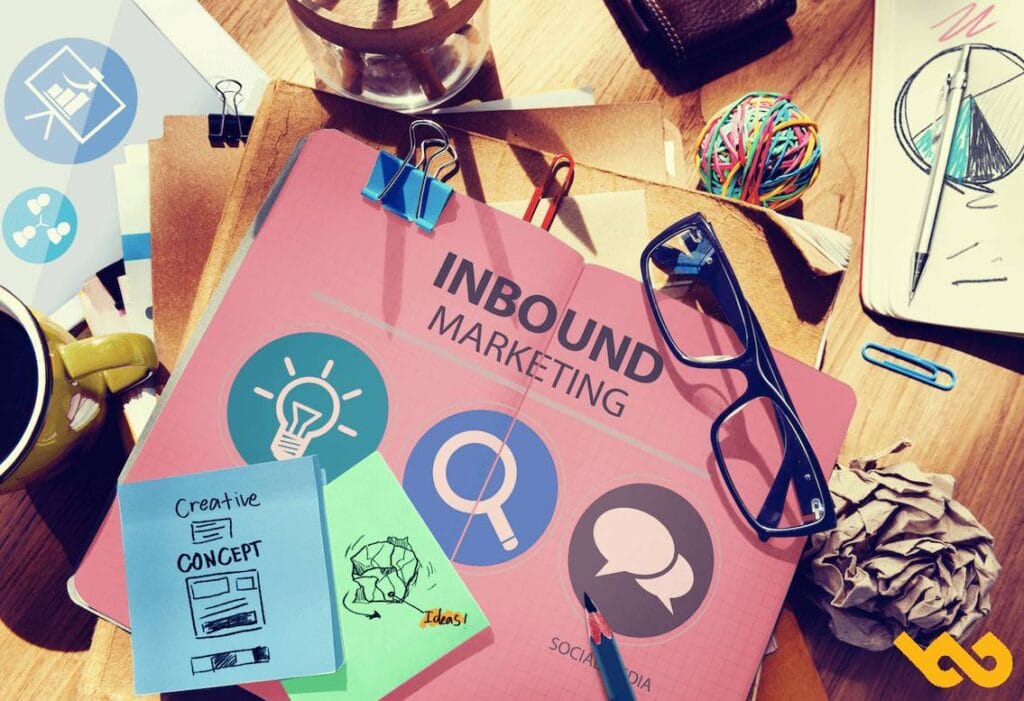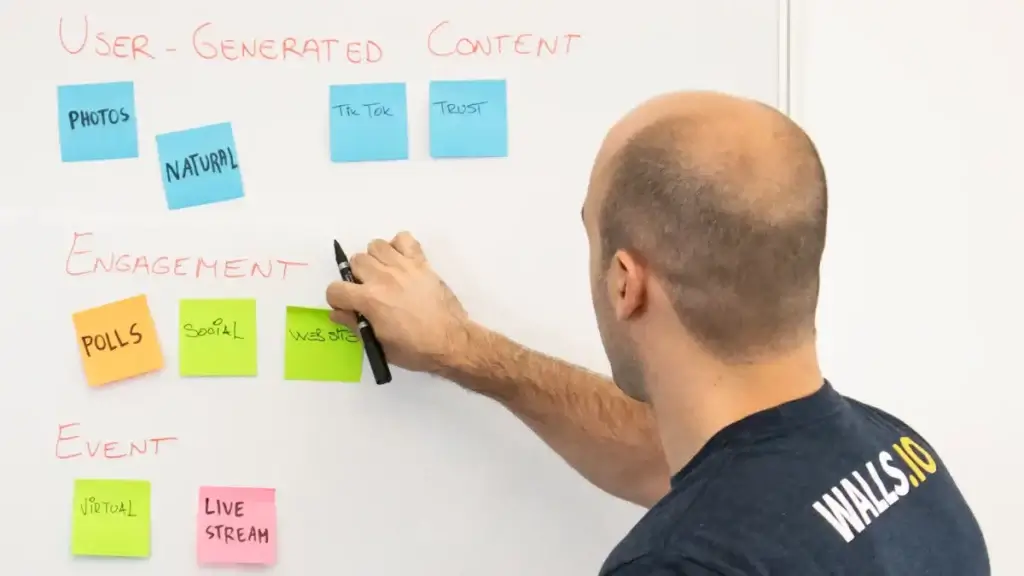Within a company, customer loyalty helps maintain good profitability. Even more, it helps bring together more advocates for your brand .
In fact, many companies have difficulty retaining their customers because they are often focused on acquisition. However, as a general rule, the cost of retention is always lower than that of acquisition . Indeed, simple loyalty initiatives can make a big difference.
The fact is that the loyal customer requires less support than the new one. This translates into a reduction in communication and support costs . Furthermore, studies have shown that carrying out conquest actions costs 2 to 3 times more than carrying out loyalty actions in direct and indirect costs .
Above all, it is important to develop the discipline and attitude necessary to prioritize customer satisfaction . Next, note that to design a good loyalty strategy, you must have good KPIs (Key Performance Indicators) . Having accurate information about your customers will help you make the right decisions.
Thus, beyond the quality of services, you can undertake several post-sales actions. The first step towards retaining your customers is managing your relationships with them.
In the next few lines, you will discover concretely how to build customer loyalty.
1. Prioritize service excellence
If the company made the sale, we assume it offers a good product or service. So when we think about loyalty, the main concern is ensuring that the customer experience meets expectations.
The service team has a huge responsibility in this scenario. Indeed, it often happens that the customer buys, without being able to benefit from the advantages due to internal failures.
In this case, the main objective is to optimize the service process, looking for the best way to use the acquired resources .
2. Present concrete results
It is important to be customer requests However, the efforts made will have little effect if the company cannot concretely demonstrate its value.
The service provided does not always have an immediate effect on the company's bottom line. This is why it is necessary to collect information that helps your operational team better understand the benefits obtained.
In an ideal scenario, you should track the situation of each new business (BtoB), or individual buyer (BtoC) and check in with them frequently . For those working with large account volumes, automated systems can be very useful. However, it is also important to evaluate the possibility of having professionals dedicated to this task. In any case, any company that keeps track of its buyers can develop grassroots loyalty actions.
In this regard, you can use Magileads' B2B acquisition and loyalty platform. Marketing automation software allows you to collect valuable information about your customers to help you design a good loyalty strategy.
3. Say what the customer wants to hear
This may sound like a cliché, but it has everything to do with successful retention strategies. Please note, it is not a question of “deceiving” the customer, but of understanding their requests and responding to them .
The operations team needs a well-segmented basis for this type of strategy, in addition to ensuring that there is room for dialogue. service feedback is systematizing customer satisfaction assessment should also be considered .
NPS methodologies are relatively simple and can be of great help. Be sure to create the conditions to meet the most critical cases individually.
It makes no sense to ignore the fact that a customer is not completely satisfied with your services. Often, a simple phone call can help us understand what the problem is and provide an answer.
4. Organize around the customer, not the company
It is often necessary to recognize that the path chosen to complete a certain task is not ideal from the customer's perspective, even if it promotes daily operations.
Radical measures will likely face internal resistance. Understand objections as an obstacle that can be overcome by showing the results that can be achieved in the long term.
5. Promote your brand
It is important to have a well-structured communication plan, designed according to the customer's journey within the company . Don't forget that valuing customer relationships means, for example, understanding that current customers must be informed first of new developments in your product or service.
In practice, this can be difficult, but your business should be careful not to neglect post-sales processes.
The ideal is to always invest on both fronts (acquisition and retention). After all, nothing is better than having a 100% stable base and constantly working on its expansion.
6. Track Crucial Metrics
Customer loyalty initiatives do not always require significant operational efforts. The most important thing is the discipline that makes it possible to guide activities in favor of customer satisfaction .
Keep in mind that by properly managing your relationship with customers, you will not only keep the customer satisfied, but you will also detect new business opportunities .
To do this, you should, for example, closely monitor the company's churn rate, which is essential for measuring the effectiveness of the sales team in maintaining revenue .





